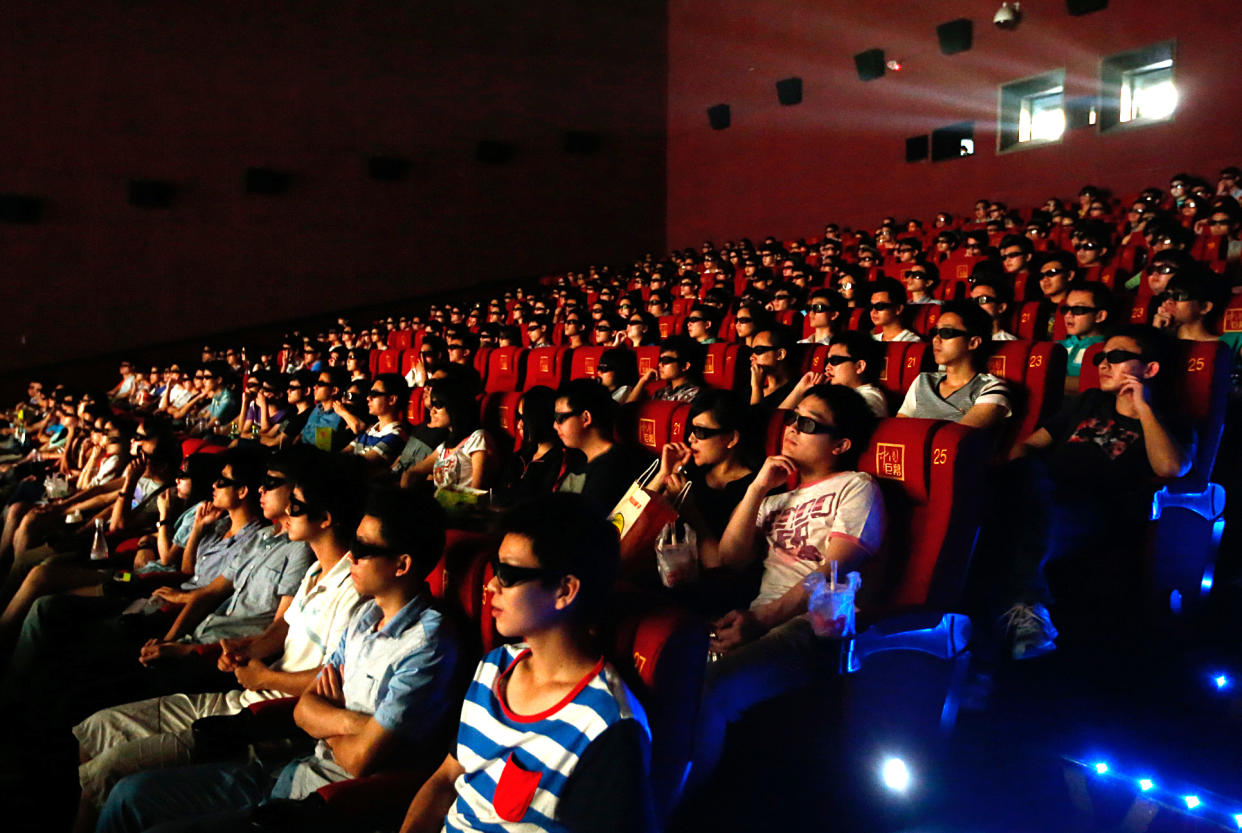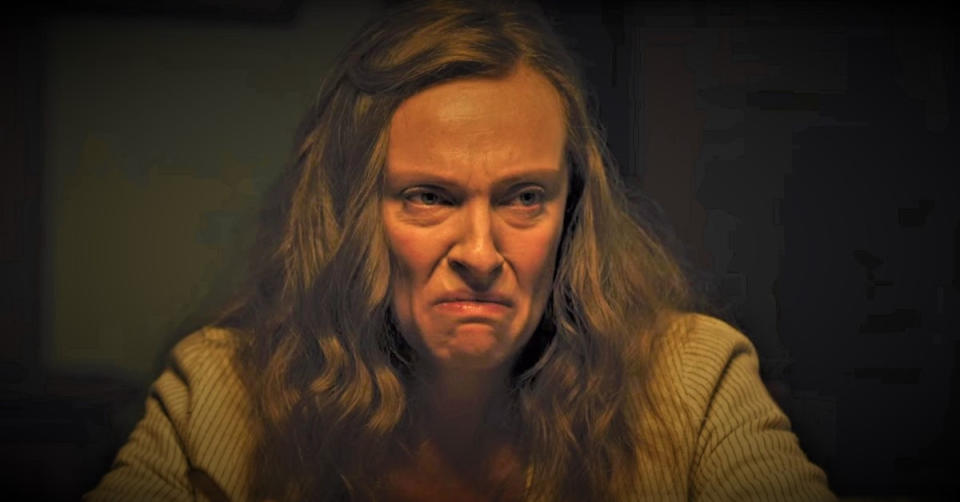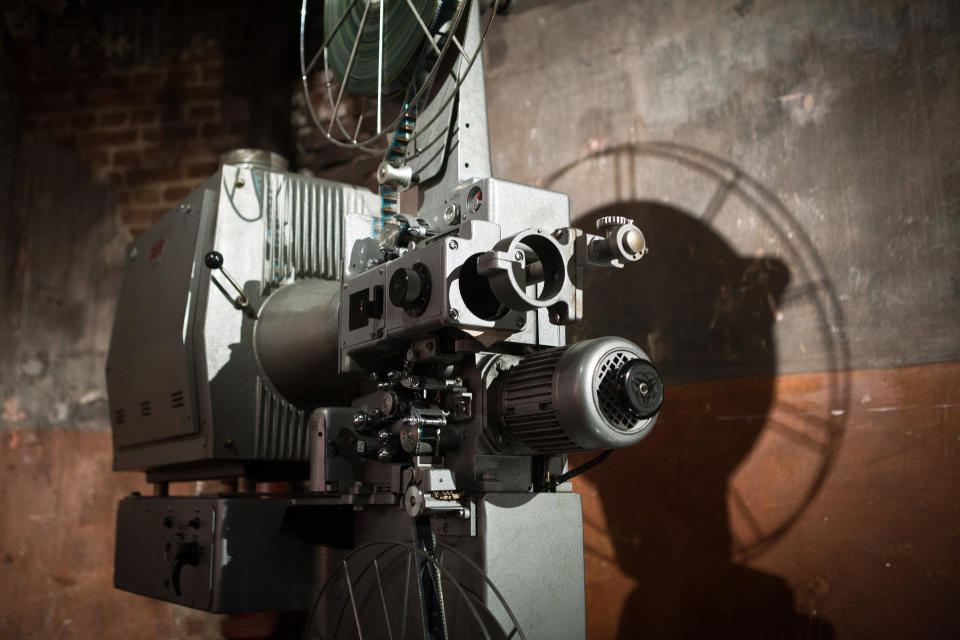The cinema experience is broken: How can it be fixed?

In a few weeks dominated by Martin Scorsese’s comments about what does and does not constitute “cinema”, an entirely different issue about the moviegoing experience has been brought to light — the cinema itself.
Hugh Grant complained to his followers about “unendurable” volume at his local Vue during a screening of Joker, while Martin Lewis of Money Saving Expert took issue with the half an hour of adverts and trailers he was forced to sit through before his own screening of the Todd Phillips film.
Assuming there’s nothing specific about Joker that’s triggering rage in otherwise reasonable celebrities — no judgement on that front here — these comments speak to problems which will be sadly familiar to anyone who regularly visits their local multiplex. Edward Norton went even further this week in an interview with The Daily Beast, stating that “it’s the theatre chains that are destroying the theatrical experience”.
The cinema experience is far from perfect and, in an era of streaming services with very impressive catalogues and reasonable pricing structures, the huge financial outlay and organisational headache of a trip to the flicks is looking less and less attractive.
So what can cinemas do to reverse their decline?
Ushers

Bad behaviour from audience members is the scourge of any multiplex. A trip to see any blockbuster on opening weekend seems to provoke an epidemic of glowing smartphone screens, rustling bags of popcorn and sweets and endless chatter. Much of this is down to the fact that most cinemas nowadays lack a proverbial “adult in the room” in the shape of an usher.
Who wishes to go in with me and create a cinema that doesn't allow food, brings back ushers and only allows very select people who have undergone a strict test to determine whether they can shut up for a full 90+ minutes?
— Trick Or Treat Tommy 🎃 (@IngloriousTward) April 5, 2019
Gone are the days in which a friendly usher would show each audience member to their seat and then perch at the back of the room, keeping an eye out to ensure everyone’s experience is at its best.
Read more: Box office winners and losers of summer 2019
Now, though, diminished staff numbers mean that there is often just one, hopelessly over-worked member of staff whose role is to pop in and out of as many as a dozen or so screens. With this lack of policing, it’s little wonder that cinema behaviour is at an all-time low. An investment in more ushers would likely make the cinema experience a lot more attractive and unlikely to be marred by the actions of others.
More reasonable prices

Going to the cinema is a huge economic commitment. The average cinema ticket in the UK in 2018 cost £7.22, though many living in large cities will pay considerably more than that. For example, a ticket for a family of four to see kids’ movie Abominable this evening (Friday) at a multiplex in south-west London would cost £35. Once travel costs and the inevitable splurge at the concessions counter is included, that figure would rise to well over £50. Compared to a night sat in front of a Netflix film with a fiver’s worth of supermarket sweets, it’s a tough call to rule in favour of the cinema.
Read more: Japan raises cinema prices for first time in 26 years
Cinemas need to adjust their pricing in order to reflect the increasing availability of streaming services. While major blockbusters may still attract people to the big screen, that’s not true of the mid-budget and smaller movies which really need the support. Most of the major chains are now experimenting with some form of tiered pricing structure, but often it amounts to adding a premium to the cost of blockbuster films, rather than a discount for lower budget flicks. Everything Disney releases can still make a billion dollars globally, but just about everything else needs a leg up.
Well that’s a hoot @Everymancinema @NotSoMardyNow The #NorthSouthDivide of cinema prices...... bet the 🍷 is more expensive too 🙄 pic.twitter.com/rGpjUW1F2b
— AtheistInShorts🇪🇺 (@LikeOldTat) October 16, 2019
Meanwhile, unlimited card schemes that allow hardcore cinephiles to watch as many movies as they like for a fixed monthly fee — Odeon’s costs £17.99 outside Central London, while the identical Cineworld offering is priced at £18.40 — are becoming more widespread. These are a great solution for anyone who goes to the cinema often — at the average price quoted above, three tickets would more than justify the price of the card — but are a struggle for anyone who wants to do a big family outing once a month or so.
These, crucially, are the casual cinemagoers that multiplex chains need to attract, and they haven’t found a solution yet.
Fewer adverts
Went to cinema yest for 8:45pm showing, but it was 9:17 before the film actually started.
CINEMAS we pay to see films! Fine show 5/10min of ads & trailers, but this inflation to 33mins isn't on. Either cut pre-screening times, or tell us actual start times too.
RT if u agree.— Martin Lewis (@MartinSLewis) October 6, 2019
Martin Lewis is not the first person to complain about the ludicrous advertising bloat in multiplexes, and he won’t be the last. It is not uncommon for adverts and trailers to run for half an hour after the advertised start time for the film. This adds extra time on the clock for car parking, babysitters and for distracting bored children before the opening credits actually roll. Even the most patient viewer can only be sold so many family hatchbacks and high-tech smartphones before they lose any patience they might have had when they took their seat.
Advertising is an economic necessity for cinema chains and, as Phil Clapp of the UK Cinema Association told Yahoo Movies UK this week, it is now seen by audiences as “an intrinsic part of the big screen experience”. However, the length of this material has seemingly been extended repeatedly in recent years. Without wishing to return too often to Netflix, its lack of advertising is a major selling point. At home, there’s no need to try to occupy a hyper-active child who has already eaten their own body weight in pick n mix before the lights go down.
If, that is, the lights go down at all...
Lower lights

Anyone who tried to watch the ‘Battle of Winterfell’ from Game of Thrones on their TV with the curtains open will know that cinematic entertainment doesn’t work in anything other than bona fide darkness. Just as this is true in the living room, it is true in the cinema, but darkness is increasingly not something that is routine in the biggest multiplexes. Whether it’s a result of there being fewer ushers — meaning audiences are left to find their own seat — or a health and safety concern, the days of proper darkness are a thing of the past. Many chain cinemas are now so bright you could whip out a book or do a sudoku if the film ends up being a little boring.
Read more: What happens to your brain when you watch a horror movie?
This is yet another part of the generally sub-par experience offered by today’s movie houses. If a cinema is too brightly lit, the screen is less defined and detail becomes harder to pick out.
From my understanding there's also no limitations in the US on the amount of parasitic light inside a cinema screen. As a projectionist, moving from France to the UK have been a shock as so many screens still have lights on low instead of off and I hear it's worse in the US
— Jongo (@jngovando) October 16, 2019
Multiplex viewers watching Ari Aster’s horror movie Hereditary could be forgiven for having missed the looming figure of Toni Collette in the corner of a room because her presence could easily have been obscured by a glowing house light. Given the meticulous efforts of filmmakers controlling everything the viewer should see, bad lighting renders their work invisible.
This is particularly irksome to Norton, who said in his Daily Beast interview that more than 60% of cinemas in America are running their projectors at just half the required luminosity. He stated his desire to “train people” to ask for their money back if they have experienced “crappy sound and a dim picture” when they have visited the movies.
And don’t get us started on cinemas that turn the house lights on as soon as the credits begin to roll. Have they never watched a Marvel movie before?
Better projection

Hand in hand with bad lighting comes the problems with projection. While once there would have been a skilled worker in the room behind the audience’s heads expertly switching reels and calibrating the image, now there’s just a huge machine whirring its way through pre-installed playlists of digital files. The encrypted computer files are unlocked by each individual cinema with a key sent online. It’s a pretty efficient system that cuts cost for cinemas and for the distribution companies who no longer have to send bulky reels of film around the country.
However, this has led to a decline in the number of projectionists. Multiplex projectors are theoretically efficient enough to operate largely by themselves, but this leads to problems when something doesn’t go to plan. Dave Norris, referred to famously by Mark Kermode as “The Last Projectionist Standing” told The Independent in 2012 that “if something goes wrong in a [digital] screening, there's nobody there to fix it”. If the right computer file isn’t in the right place at the right time, there’s often very little that staff can do.
Also factor in ads and trailers that run up to 30mins long, automation of lights is always wrong. The advent of digital cinema presentation was meant to usher in a better cinema experience but sadly its made things worse. Getting rid of dedicated projectionist was a mistake
— Shibbir Ahmed (@Shibbir1) October 15, 2019
Thus, it’s not uncommon to see movies marred by dim projector bulbs or badly focused images. Even more common is the issue of movies being shown in the wrong aspect ratio, which means that images are cut off at the top and bottom, or feature the edges of the image spilling on to the curtains at the side of the screen. There are so many things that can go wrong, but nobody who can put those things right.
Better sound

Along with the aforementioned concerns about light and projection comes the shortcomings of the sound system in various cinemas. As Hugh Grant noted in his tweet, the sound in multiplexes is often turned up to incredible levels, rendering blockbuster movies more of an assault on the ears than a pleasurable experience. Meanwhile, audiences in recent years have complained about inaudible dialogue in films like Christopher Nolan’s Interstellar and The Dark Knight Rises, as well as Zack Snyder’s Batman v Superman: Dawn of Justice.
You know you're old when you're in the cinema watching a movie and you wished you could turn the volume down.
— Puteri Dila (@pdila) October 16, 2019
Many in the industry have blamed cinemas for these problems, with Oscar-winning composer Hans Zimmer responding on the BBC Radio 4 Today programme to claims that his score drowned out the dialogue in Batman v Superman. “So what’s our choice?” he asked. “To create towards the lowest common denominator or tell people ‘make your sound systems better’?”
Read more: Why Hans Zimmer turned down Nolan’s latest
It certainly seems there is an ongoing problem with cinema sound systems and it’s just another symptom of a feeling that, rightly or wrongly, many people have about going to the multiplex. A trip to the movies is now a premium product, which requires consumers to actively choose it over a much cheaper and more convenient alternative.
In order for that to happen, people need to feel like they’re getting the right amount of bang for their buck.


